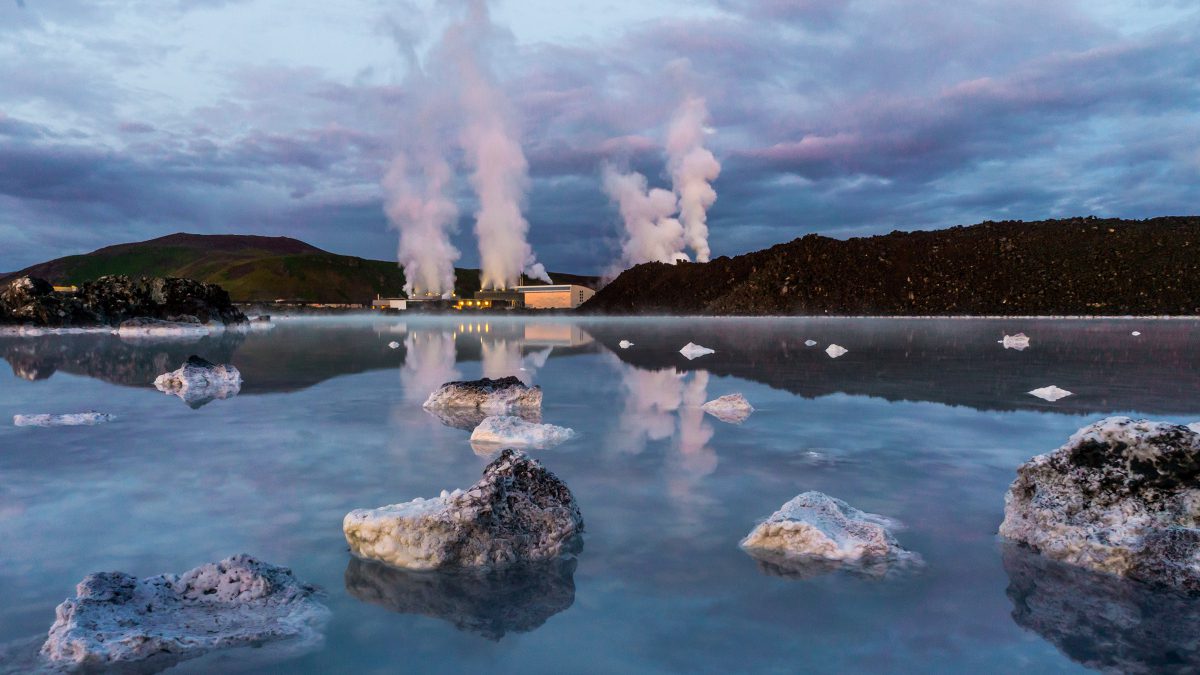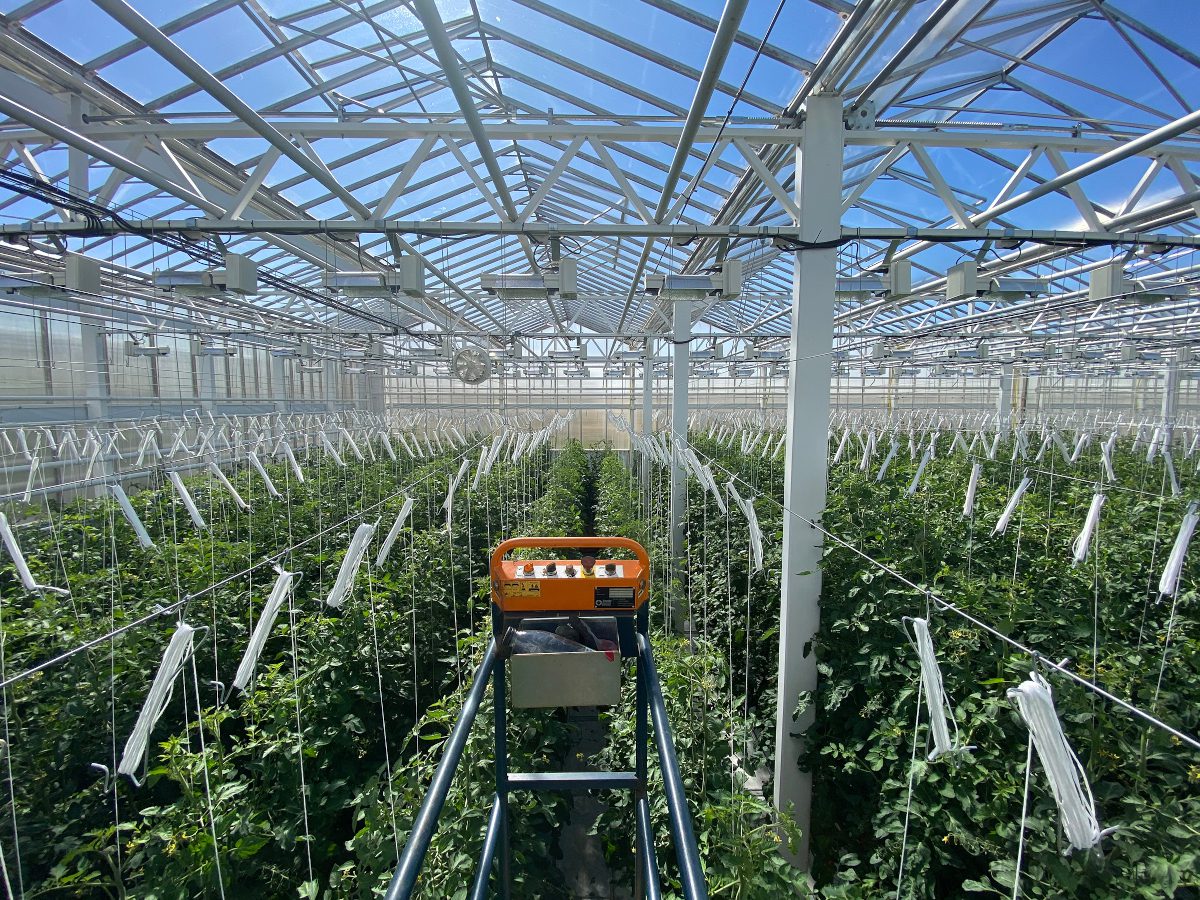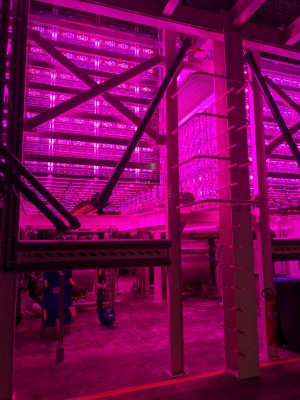
Geothermal energy plants could address all of the UK’s heating requirements, according to a number of estimates. Whatever the reality of such claims, the potential appears to be vast. Until now largely confined to geographical regions where such resources bubble up from the Earth’s surface unbidden, technology now promises to extend the frontiers of this traditionally under-utilised renewable energy source, as Envirotec discovered.
The Earth’s molten core is a hangover from the fiery processes that formed the planet, 4.5 billion years ago. Most of this heat is concentrated in the core, but the upper 3km of the crust offers enough heat to meet the world’s energy demand several times over, according to the Geothermal Energy Association.
Attempts to harness it have been faltering but have produced impressive results where the conditions permit. In Iceland, geothermal energy has seemingly transformed quality-of-life and made it one of the few countries to have greened its electricity supply.
While it’s an approach that has gained little traction during the era of increasingly affordable solar and wind, and plentiful gas supply, the times are obviously now a-changing, and September saw an apparent milestone in the UK with the award of the first Contracts for Difference (CfD) for the approach.
Emerging technology has a bearing on our ability to realise the extraordinary potential of geothermal energy in the future. But for now, the headline benefits certainly seem compelling: a seemingly unquenchable source of baseload power and heat, bypassing the intermittency issues that afflict wind and solar. Clean. Quiet. Reliable. What’s not to like?
Certainly it loses out to nuclear and fossil fuels on energy density, but it does the job for things like space and water heating, and applications like greenhouses and aquaculture.
High start-up costs are one obstacle, and have tended to restrict its use mainly to regions of the world where geothermal resources are relatively accessible and near the planet’s surface, since drilling costs are a major part of the price tag. So it’s an approach mostly associated with places like Iceland, New Zealand, the west coast of the US, Italy, and Indonesia.
But technology promises to make geothermal resources far more accessible, including in areas not graced with the ideal geology, and approaches like enhanced, or engineered, geothermal systems (EGS) are now starting to appear in commercial plants.
Deployment to date
Geothermal energy has been almost criminally under-utilised, in the appraisal of many, and it currently provides only 0.3% of global power production.2
Nonetheless its use has grown steadily in the past decade or so. But it’s remained a small sector, only really visible in the above geographies and otherwise tending to slip under the radar.
Funding has been forthcoming more recently from the oil and gas sector, and geothermal energy builds on this industry’s know-how in areas like drilling and geology. In the UK, for example, CeraPhi Energy – a Great Yarmouh-based startup formed in 2020 – announced in May that it had been awarded a first-of-its-kind funded study by the UK Net Zero Technology Centre, aiming to evaluate whether oil and gas wells in the North Sea can be repurposed in this way. The firm says its technology offers a way to retrofit existing failed or depleted wells, making them productive again in an environmentally friendly way. It also has the social impact of maintaining jobs or returning them to regions that need them.
In early 2021, Chevron and BP announced funding for Eavor, a start-up firm with capabilities in EGS – seen at the time as an important indicator of the oil sector’s focus shifting in this direction.
Eavor’s approach can be deployed in areas without natural geothermal resources, and involves drilling a deep well and connecting it to a series of horizontal boreholes. The technology circulates a heat-transfer fluid (usually water) within a closed-loop system, continuously, creating a heat exchanger that captures this heat from depth and bringing it to the surface for energy conversion. It is also said to be scalable, and therefore readily adaptable to the specific needs of each particular locale.
In March the company announced a contract for roughly $96 million from the EU Innovation Fund for a project outside Munich, the first commercial-scale project for its system.
Depth charge
Much of the truly transformative potential of geothermal appears to lie with drilling deeper and accessing higher temperature resources. As temperatures and pressures rise, water and steam start to behave differently. Water at 400ºC, for example, contains much more energy, which can be transferred more efficiently, and is a much less viscous fluid, so it’s easier to get it out of the ground.
The rate at which heat can be extracted seems to be a key determinant of the economic viability of a site.
This is the domain of “supercritical” geothermal, a technology whose potential has yet to be fully demonstrated, although groups in Iceland, for example, are said to be getting close.
Depth becomes more important too when exploiting less amenable geologies, in countries with less accessible resources.
For the UK – as one such country – progress has been faltering, but now appears to be gathering pace.
UK geothermal exploration got underway in the 1970s, responding to the international oil crisis of the time. Following this initial work, seven boreholes were drilled in the 1980s, one of which formed the basis of a successful district heating scheme, in Southampton, in 1987, which has continued to supply heat and power to commercial and public buildings in central Southampton ever since.
For this seemingly visionary move, the city has the council’s wily accountant, Mike Smith, to thank, who rescued the project after it had been abandoned by the UK government.
Twenty years elapsed before any more geothermal boreholes were drilled in the UK. Most recently, two deep geothermal wells were drilled in Cornwall, at United Downs, near the town of Redruth, with financial assistance from the European Regional Development Fund (ERDF). These reach a depth of 2.5km and 4.5km respectively, and are expected to produce water at 175°C, delivering 1 MW of power.
September saw the award of the first Contracts for Difference (CfD) for geothermal energy at United Downs, viewed by the group receiving the award, Geothermal Engineering Ltd (GEL), as “a major milestone for home-grown power and heat in the UK.”
GEL received the awards in the UK Allocation Round 5 (AR5) process for projects at three separate plants, including the one at United Downs, which is expected to deliver electricity by 2025. The contracts will run for 15 years and are underwritten by the UK Government.
In June, the UK’s first deep geothermal project for 36 years opened at the Eden Project visitor attraction in Cornwall. Having been delayed by Brexit, Covid and supply chain issues, the project is now up and running and is expected to deliver 40% savings on heating bills that normally run up to £1 million per annum.

The right ingredients
Government support has been key to Iceland’s prodigious growth of the resource, which similarly got started in the 70s. The subsequent 30-year period saw the country transition from being 75%-reliant on imported coal to meeting more than 80% of its energy needs with local geothermal and hydro.
Today the country’s electricity is almost entirely from renewable sources, with a 70:30 split between hydropower and geothermal.
As well as becoming a leader in the underlying technology – whose expertise is now sought-after and exported worldwide – the country has also been somewhat visionary in its use of multiple resource streams from such plants (see “Circular vision” side panel, opposite).
The UK is said to be an ideal candidate for developing geothermal energy. One reason is that the resources are already well mapped, given the effort that has already gone into gathering exploration data for the oil and gas industry.
A 2021 paper explains that, for many areas of the UK, it would be technically feasible to use low enthalpy geothermal heat for space heating using district energy schemes, and recommends that development gets underway. This would provide a way to maintain the skills and know how of the oil industry, which could be used to drill wells, produce hot water from deep underground and build systems to allow the spent water to be re-injected underground.
SIDE PANEL: Harnessing steam
Geothermal power plants have traditionally fallen into three approximate moulds: Dry steam, flash steam and binary cycle plants.
Dry steam plants use the high-temperature steam from naturally-occurring, sub-surface reservoirs and use it to drive turbines.
In flash steam plants, naturally-occurring geothermal fluids (such as water or brine) in underground reservoirs rise under their own pressure, and are rapidly depressurized in a separator, causing the water to ‘flash’ into steam. The condensed steam and any residual water can be pumped back into the reservoir, so it is a renewable approach. Again, this requires a high-temperature resource (typically geothermal water at over 182 C).
Offering the potential to exploit lower-temperature resources, binary cycle plants use the geothermal fluids to heat a liquid that boils at a lower temperature. In the Geysers complex in California, for example, the secondary fluid is isobutane. At Hellisheiði Power Station in Iceland (pictured, above), the secondary fluid is a mixture of water and carbon dioxide (CO2).
SIDE PANEL: Circular vision

The Resource Park at Svartsengi – run by energy utility HS Orka – demonstrates the possibilities of co-locating firms to maximise the circular possibilities presented by facilities such as geothermal energy production.
Located within the environs of the power plant are start-up firms in areas including biotechnology, cosmetics and aquaculture, as well as a major tourist attraction, the Blue Lagoon (pictured, above).

For example, Vaxa (pictured, right) has developed a seemingly ground-breaking vertical-farming technology, “designed around everything this location has to offer”, including the availability of plentiful electricity and CO2. The firm’s space-age premises use pink LEDs in a sealed and bio-secure module to grow algae, used as a fish food and for nutritional supplements.
Also nearby is ORF Genetics, whose greenhouses grow a genetically-modified barley with applications in skincare and the cultivated meat industry.
The park is seeking to attract companies able to make use of its plentiful supplies of CO2, water (potable, brine and seawater) and energy.






